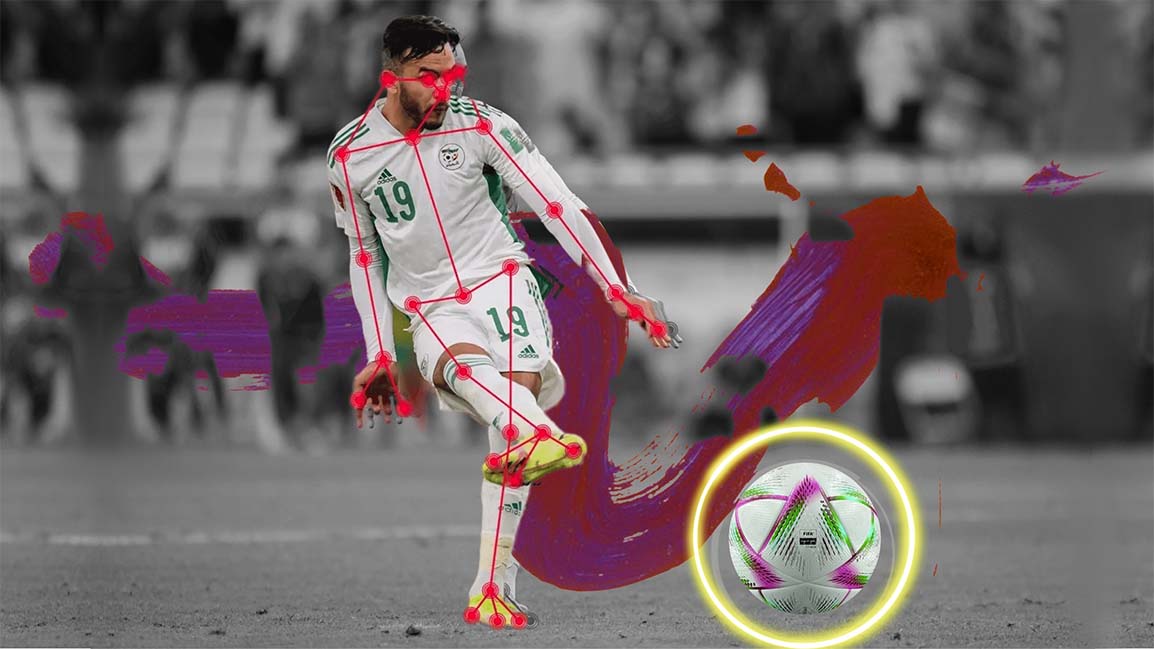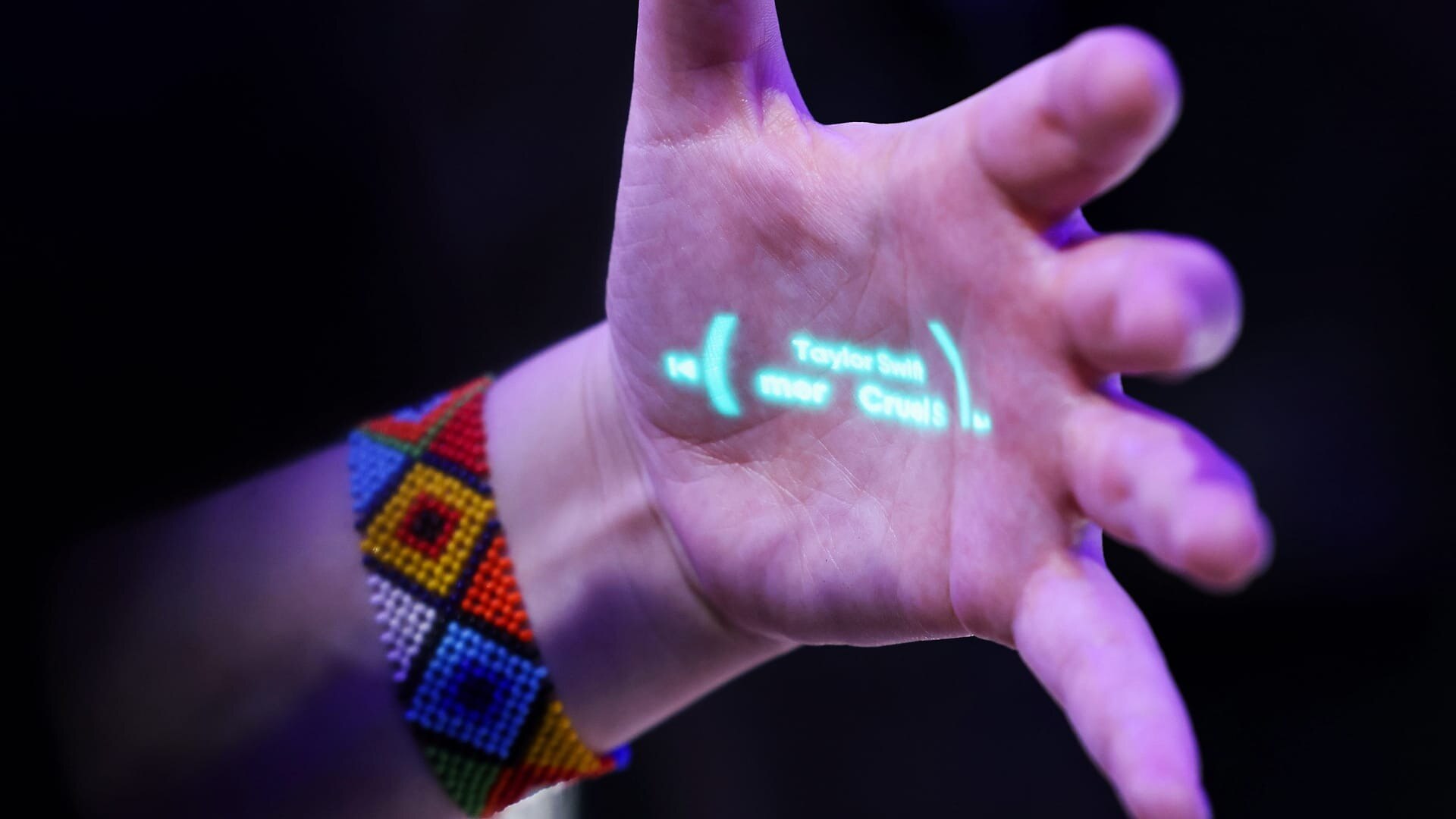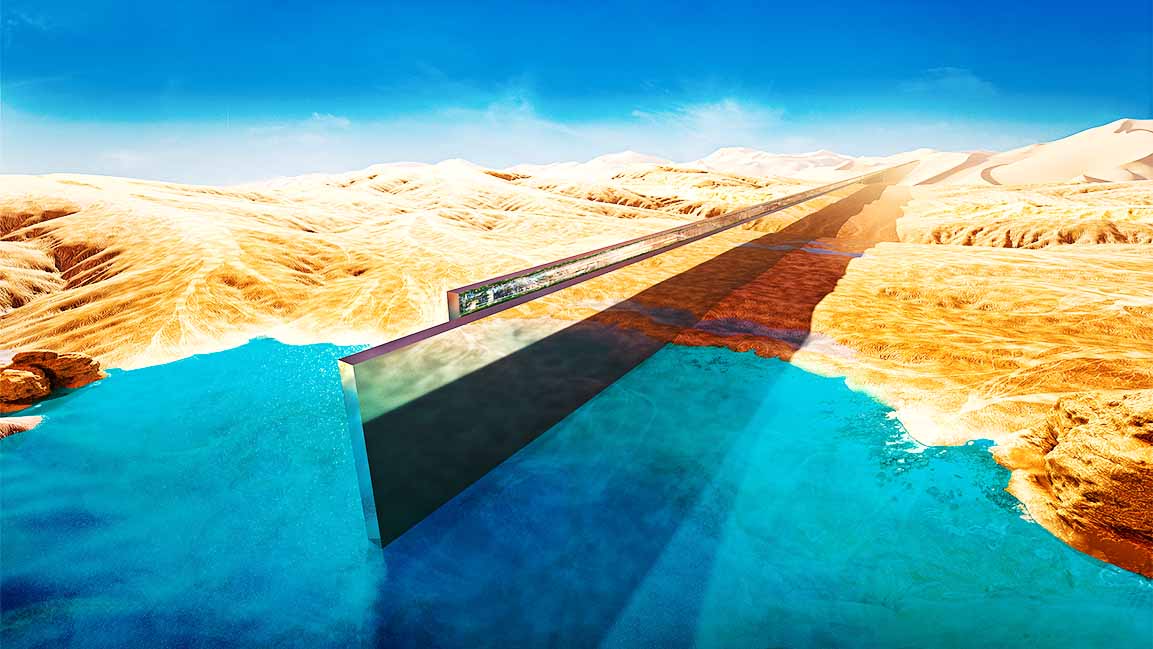- | 12:00 pm
Qatar World Cup to employ semi-automated offside system for accurate decision making
The technology will provide the video match officials with real-time offside alerts using AI.

FIFA World Cup 2022 in Qatar will use semi-automated offside technology to support tools for the video match and on-field officials, enabling them to make faster, accurate, and reproducible offside decisions this November.
“Semi-automated offside technology is an evolution of the VAR systems that have been implemented worldwide. This technology is the culmination of three years of dedicated research and testing to provide the very best for the teams, players, and fans who will be heading to Qatar later this year, and FIFA is proud of this work, as we look forward to the world seeing the benefits of semi-automated offside technology at the FIFA World Cup 2022. FIFA is committed to harnessing technology to improve the game of football at all levels, and semi-automated offside technology at the FIFA World Cup in 2022 is the clearest possible evidence,” Gianni Infantino, FIFA President, said in a statement.
The new technology employs 12 tracking cameras mounted underneath the stadium roof to track the ball and up to 29 data points of each player, 50 times per second, calculating their exact position on the pitch. The 29 collected data points include all limbs and extremities relevant for making offside calls.
“The technology will provide the video match officials with real-time offside alerts using artificial intelligence. As the video match officials will be quality-controlling these outputs, we still refer to the system as ‘semi-automated offside’ as the video match officials have to validate the proposed decision and then inform the on-field referee. Using the same data to create a 3D animation for in-stadium fans and TV viewers, fans will receive a quick and accurate visualization of the offside situation. This process was developed with input from FIFA’s Fan Experience Panel,” Johannes Holzmüller, FIFA Director of Football Technology & Innovation, said in a statement.
Al Rihla, Adidas official match ball for Qatar 2022, will provide a further vital element for detecting tight offside incidents as an inertial measurement unit (IMU) sensor will be placed inside the ball. This sensor, positioned in the center of the ball, sends ball data to the video operation room 500 times per second, allowing a precise detection of the kick point. By combining the limb- and ball-tracking data and applying artificial intelligence, the new technology provides an automated offside alert to the video match officials inside the video operation room whenever an attacker receives the ball in an offside position at the moment a team-mate plays the ball.
After the decision has been confirmed by the video match officials and the referee on the pitch, the same positional data points used to make the decision are then generated into a 3D animation that details the position of the players’ limbs at the moment the ball was played. This 3D animation will reportedly display the best perspectives for an offside situation. It will then be showcased on stadium screens and made available to FIFA’s broadcast partners. The workflow of semi-automated offside and connected ball technology has been trialed at numerous test events and live at FIFA tournaments.
“The testing has been a major success, and we are very confident that, in Qatar, we will have a valuable support tool to help referees and assistant referees make the best and most correct decision on the field of play,” said Pierluigi Collina, Chairman, FIFA Referees Committee in a statement.
Also, Read The Qatar World Cup mascot design is inspired by…a piece of traditional Arab attire here.
The data collected during online and offline tests will be analyzed and validated by the MIT Sports Lab, with TRACK at Victoria University scientifically validating the limb-tracking technology.
Read more related news articles in our news section here.






























